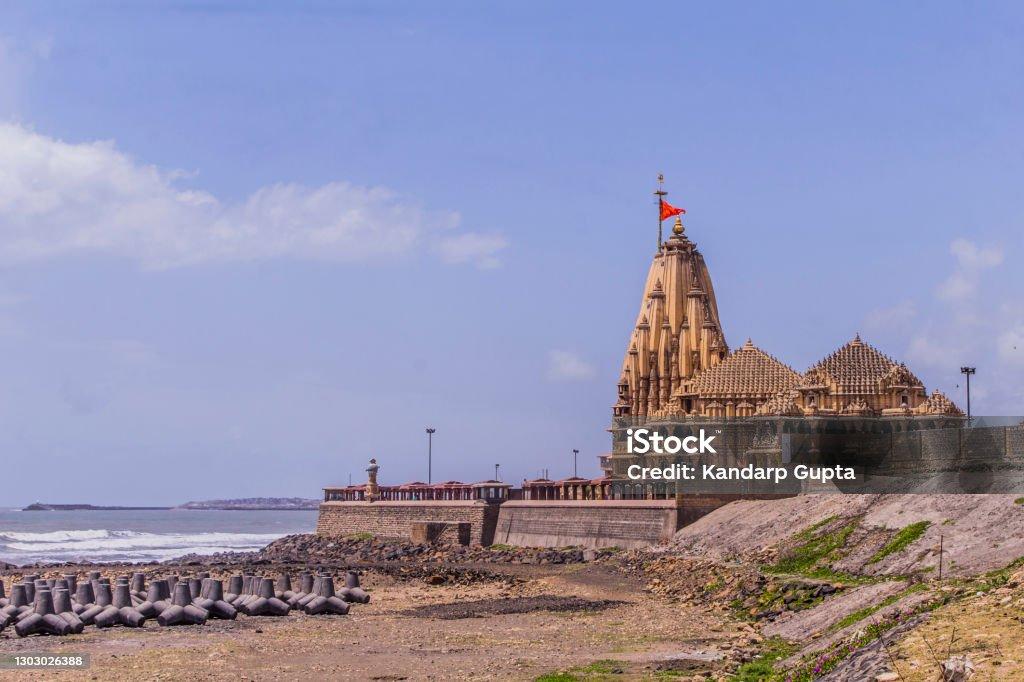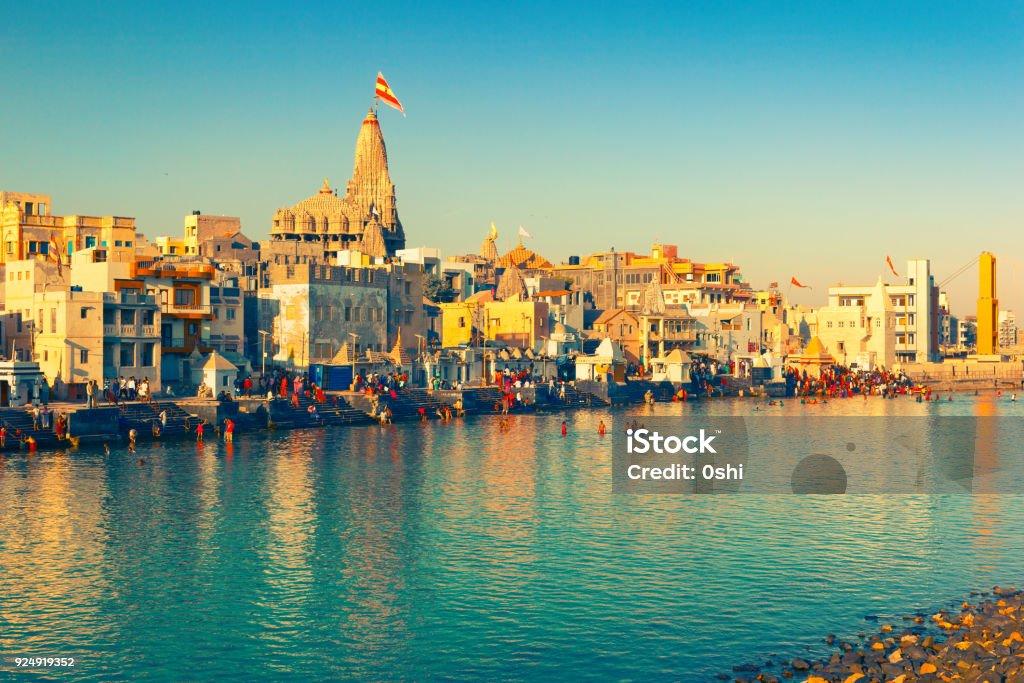this is test image

Sohil Patel
0 Fans |
2 Following |
0 Votes
Social Media
Follow this creator
Punjabi cuisine is known for its simple, rustic, yet exotic dishes, and includes a variety of sweets and desserts. Some popular Punjabi dishes include:
Sarson da saag and makki di roti: An iconic Punjabi dish
Butter chicken: A heavenly dish
Dal makhani: A creamy dish
Tandoori chicken: A popular dish
Shami kebab: A popular dish
Kheer: A dessert made with rice, milk, and dry fruits
Kulfi: An ice-cream-like dessert
Malpua: A dessert
Rabri: A dessert
Halva: A semolina-based dessert
Sheer korma: A dessert
Kaju katli: A dessert
Atte ka halwa: A dessert
Pude: A dish usually made during the rainy season
Pinni: A dessert made with desi ghee, wheat flour, almond, and jaggery

Somnath temple or Deo Patan, is a Hindu temple located in Prabhas Patan, Veraval in Gujarat, India. It is one of the most sacred pilgrimage sites the Tirtha Kshetra for Hindus and is the first among the twelve jyotirlinga shrines of Shiva.

Dwarka is an ancient city in the northwestern Indian state of Gujarat. It’s known as a Hindu pilgrimage site. The ancient Dwarkadhish Temple has an elaborately tiered main shrine, a carved entrance and a black-marble idol of Lord Krishna. Dwarka Beach and nearby Dwarka Lighthouse offer views of the Arabian Sea. Southeast, Gaga Wildlife Sanctuary protects migratory birds and endangered species like the Indian wolf.

Daal bati is an Indian dish of dal and bati. It is popular in Rajasthan, Madhya Pradesh, Maharashtra's Khandesh and Vidarbha region, Gujarat, and Uttar Pradesh. Daal is prepared using tuvaar dal, chana daal, mung dal, moth dal, or urad dal

Contrary to popular belief, Lorem Ipsum is not simply random text. It has roots in a piece of classical Latin literature from 45 BC, making it over 2000 years old. Richard McClintock, a Latin professor at Hampden-Sydney College in Virginia, looked up one of the more obscure Latin words, consectetur, from a Lorem Ipsum passage, and going through the cites of the word in classical literature, discovered the undoubtable source. Lorem Ipsum comes from sections 1.10.32 and 1.10.33 of "de Finibus Bonorum et Malorum" (The Extremes of Good and Evil) by Cicero, written in 45 BC. This book is a treatise on the theory of ethics, very popular during the Renaissance. The first line of Lorem Ipsum, "Lorem ipsum dolor sit amet..", comes from a line in section 1.10.32.Contrary to popular belief, Lorem Ipsum is not simply random text. It has roots in a piece of classical Latin literature from 45 BC, making it over 2000 years old. Richard McClintock, a Latin professor at Hampden-Sydney College in Virginia, looked up one of the more obscure Latin words, consectetur, from a Lorem Ipsum passage, and going through the cites of the word in classical literature, discovered the undoubtable source. Lorem Ipsum comes from sections 1.10.32 and 1.10.33 of "de Finibus Bonorum et Malorum" (The Extremes of Good and Evil) by Cicero, written in 45 BC. This book is a treatise on the theory of ethics, very popular during the Renaissance. The first line of Lorem Ipsum, "Lorem ipsum dolor sit amet..", comes from a line in section 1.10.32. @hellofans @u1707811305




